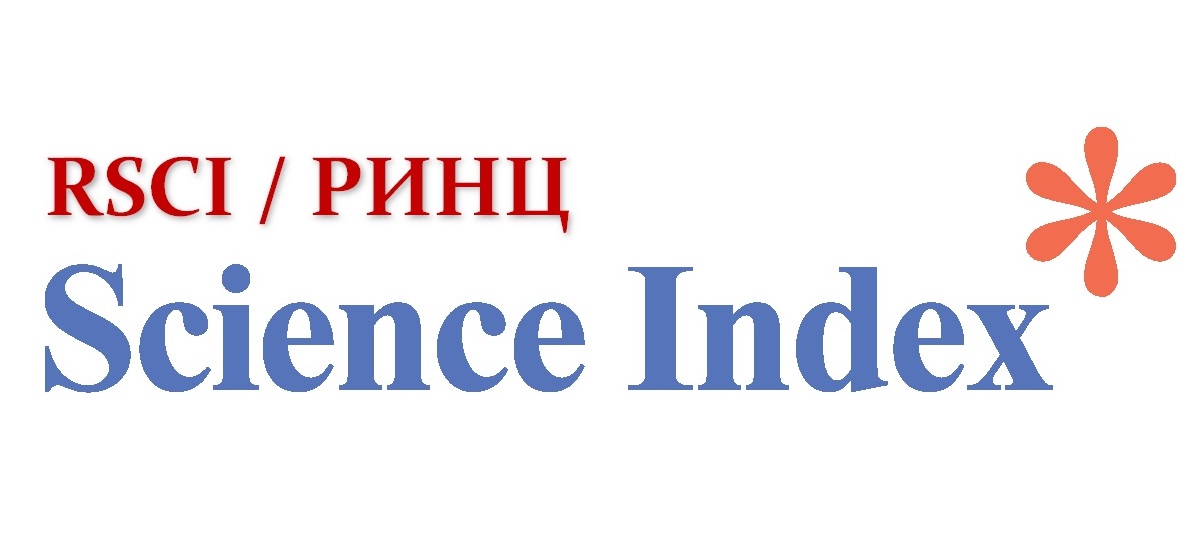Trends in German Criminal Procedure Law
Views: 299 / PDF downloads: 243
DOI:
https://doi.org/10.32523/2616-6844-2023-144-3-106-115Keywords:
Efficiency in criminal prosecution, human rights in criminal procedure law, proportionality aspects in criminal procedure, procedural decriminalization, pluralization of values in criminal procedureAbstract
German criminal procedure law is under constant reconstruction, since its promulgation in the 1870s, it was changed more than 200 times. When a law undergoes long term changes, it is especially interesting to take account of specific trends – where does normative restructuring happen and how are different spheres of reconstruction interrelated. This contribution identifies 4 distinct areas where topics either remain very stable or where criminal procedure law undergoes profound changes. One area that is rather constant is the interest in efficiency of criminal investigation, trial, and sentencing. However, within this common interest in efficiency, we see important changes in the realm of human rights guarantees. Since the German Federal Constitutional Court did substantially change its interpretation of human rights, insisting upon a core of absolute protection within each and every human right, institutional safeguards of human rights in criminal procedure had to be amended, leading to a new emphasis on the principle of proportionality. While this is a trend that is mainly concerned with serious crime, lesser offenses are subject to widespread procedural decriminalization. Such widespread decriminalization is only possible because the role of the victim was newly assessed. Newfound possibilities to actively participate in criminal procedure or to interact with criminal procedure increase acceptance for procedural outcomes apart from criminal sentencing.






